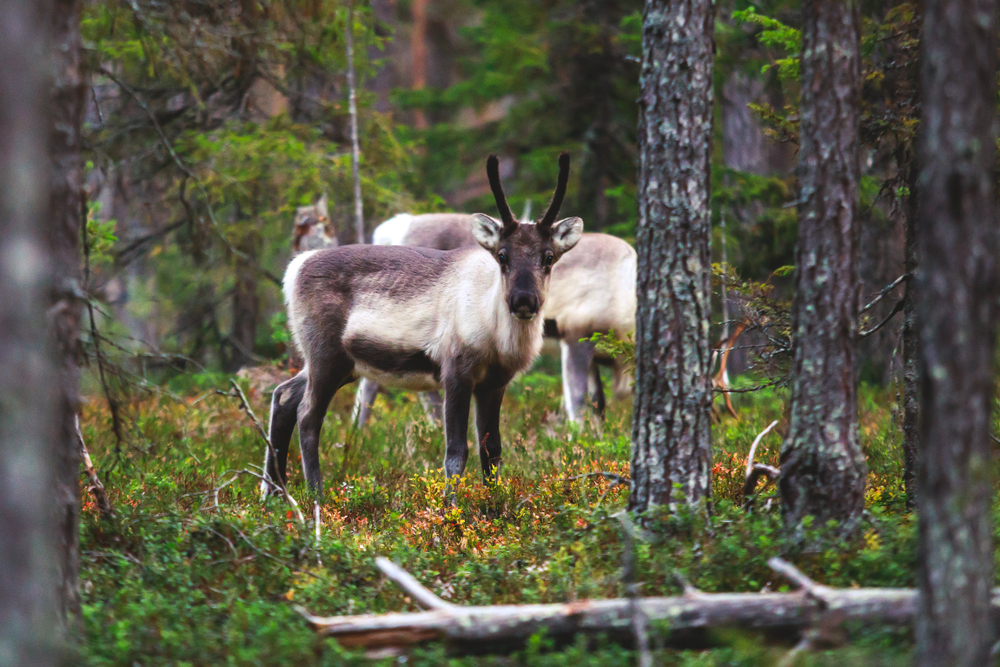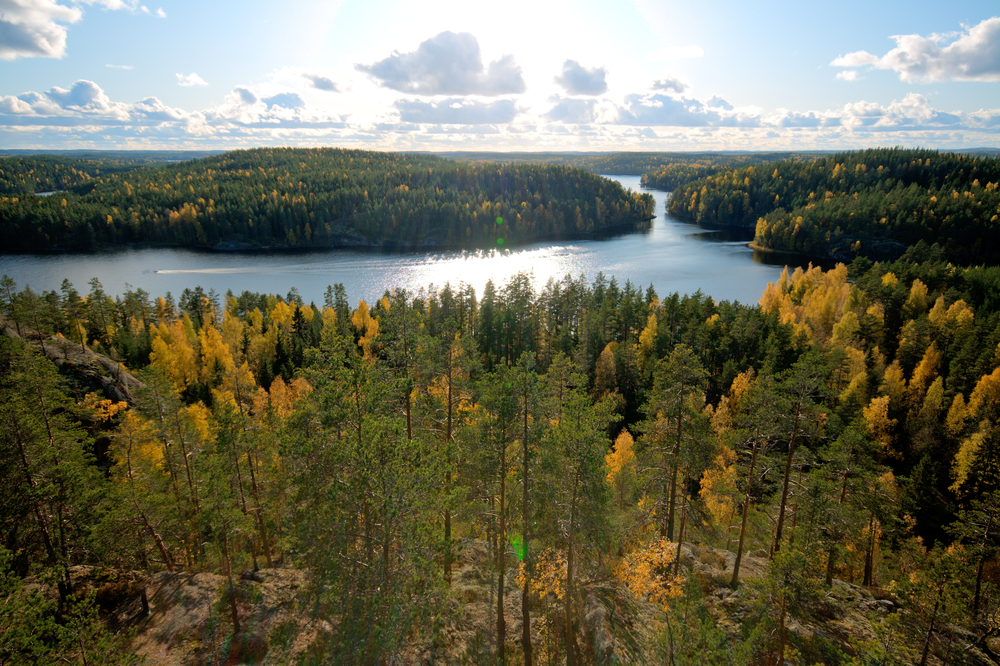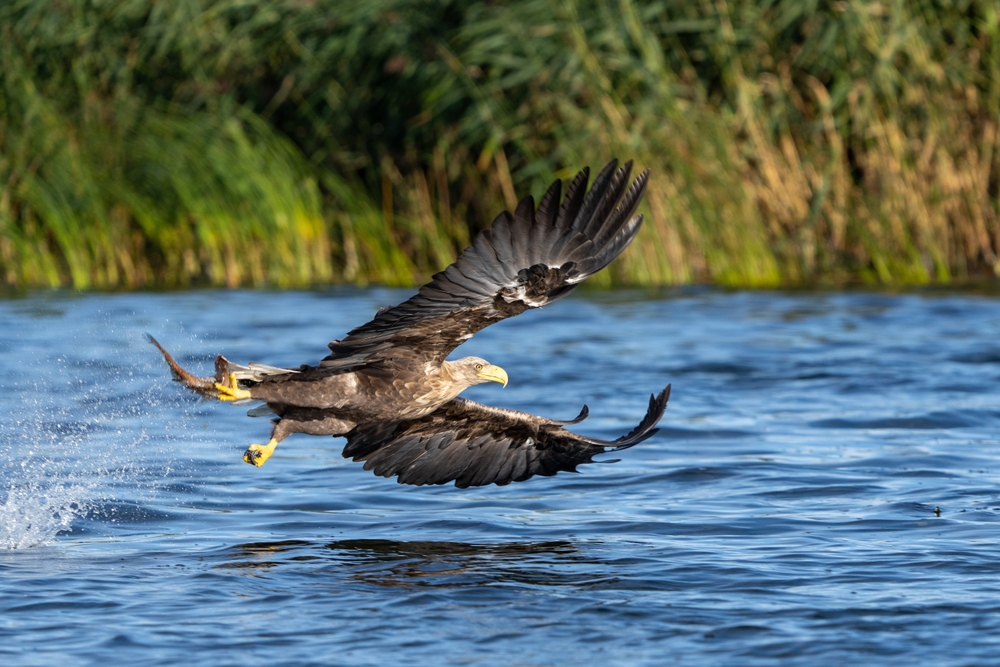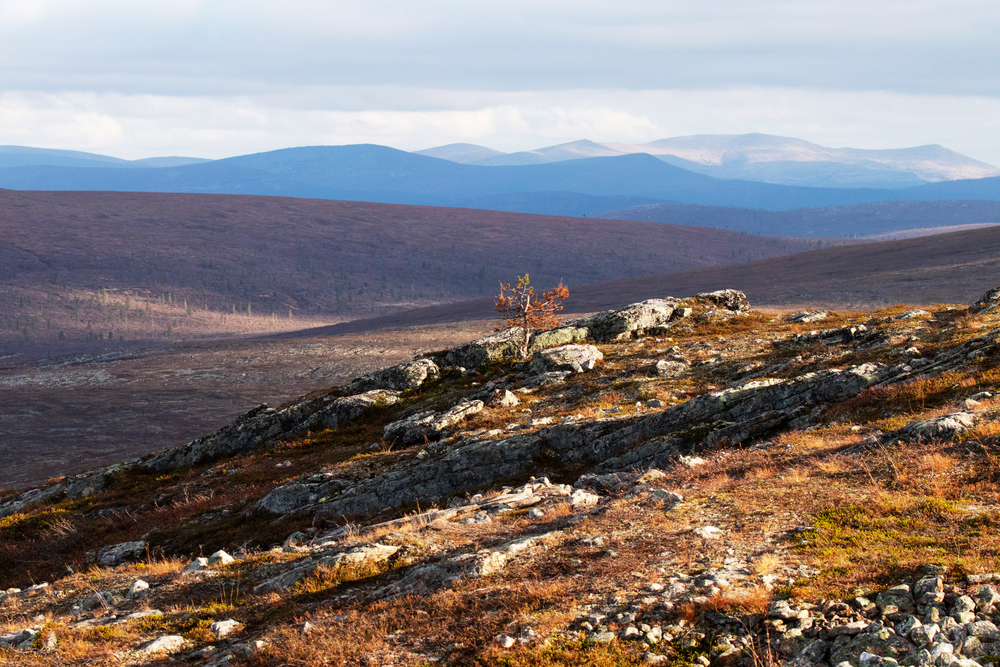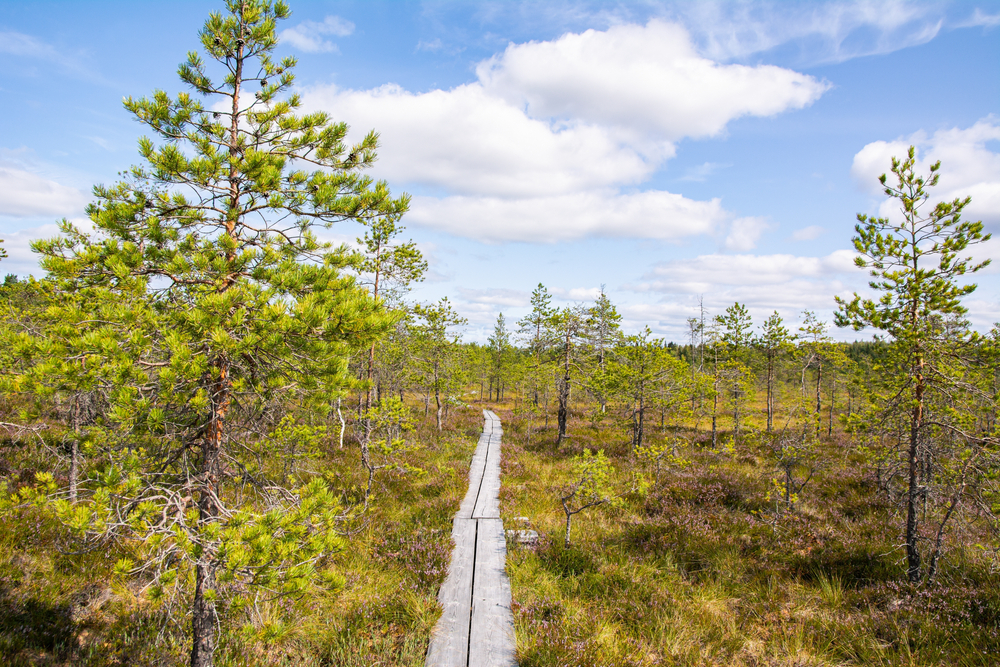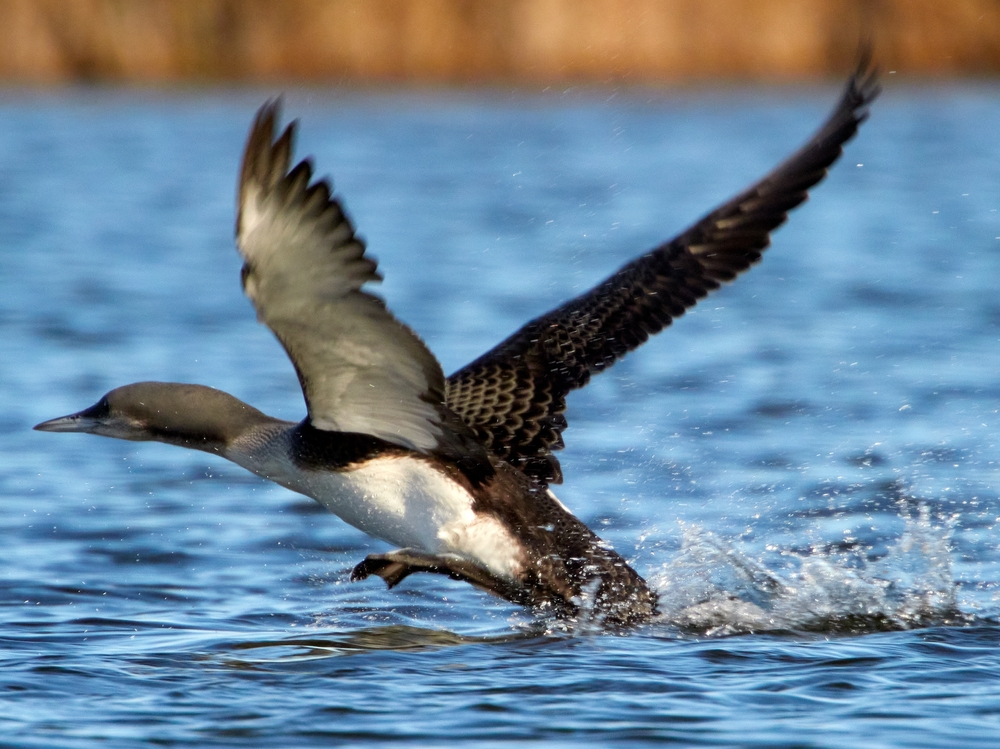Valkmusa Overview
Valkmusa National Park, known locally as Valkmusan kansallispuisto, is located in southern Finland in the Kymenlaakso region. Covering an area of approximately 7.3 square miles (19 square kilometers), this national park is a haven for wetland ecosystems and a remarkable representation of Finland’s diverse peatland habitats.
Situated northeast of the city of Kotka, Valkmusa provides a glimpse into an untouched and pristine bog landscape, offering visitors a tranquil escape into nature. The park was established in 1996 to protect its valuable marshes, open mires, and rich biodiversity, making it an important area for both conservation and outdoor recreation.
The terrain of Valkmusa National Park is primarily dominated by vast open bogs, mires, and marshlands, interspersed with small forested islands and patches of pine-dominated woodlands. The bogs are formed over thousands of years and feature an intricate mosaic of different peatland types, from raised bogs to lush fens.
Some of the key geographical features include the Valkmusa mire complex, which is a vital part of the ecosystem, supporting a range of specialized plant species. Vegetation in the park is well-adapted to the wet, nutrient-poor conditions, with sphagnum mosses, cloudberries, cranberries, and cotton grass creating a unique and colorful tapestry across the landscape. Small pine trees and scattered birches add to the scenery, while certain areas of the park remain untouched, allowing the natural ecosystem to thrive.
Valkmusa National Park is home to a fascinating array of wildlife, particularly bird species that depend on wetland habitats. The park is a designated Important Bird Area (IBA), attracting birdwatchers from across Finland and beyond. Rare and migratory birds such as the wood sandpiper, the black grouse, and the northern shrike are commonly sighted, while the open bogs provide a critical breeding ground for species like the Eurasian curlew and the crane.
Raptors, including the rough-legged buzzard, are often seen soaring above the park. In addition to birds, the park supports a variety of mammals, including moose, red foxes, and hares. The wetland environment also provides a habitat for frogs and other amphibians, while insects like dragonflies thrive in the nutrient-rich waters.
A key feature of Valkmusa National Park is its peaceful and remote atmosphere, making it an ideal location for hiking and birdwatching. The park has a well-maintained trail system, including the accessible boardwalks that lead through the fragile bog landscapes, allowing visitors to explore without damaging the ecosystem.
The nature trails, such as the circular Mustanlähteenkeidas trail, offer an opportunity to observe the park’s flora and fauna up close. Birdwatching towers and viewing platforms are strategically placed to enhance wildlife observation, particularly during migration seasons when flocks of birds pass through the area. During winter, the park transforms into a serene snow-covered landscape, and visitors can explore the area using snowshoes or cross-country skis.
One of the major conservation challenges in Valkmusa National Park is the protection of its delicate wetland habitats from human impact and climate change. Peatlands are particularly vulnerable to drainage and habitat fragmentation, which can alter their water balance and biodiversity.
Conservation efforts have focused on maintaining the natural hydrology of the bogs and preventing the encroachment of forestry and agriculture. The park’s management emphasizes sustainable tourism, ensuring that visitors can enjoy the area while minimizing their ecological footprint.
Efforts to monitor bird populations and wetland health have been successful in preserving the park’s rich biodiversity, making Valkmusa a model for wetland conservation in Finland.











































































